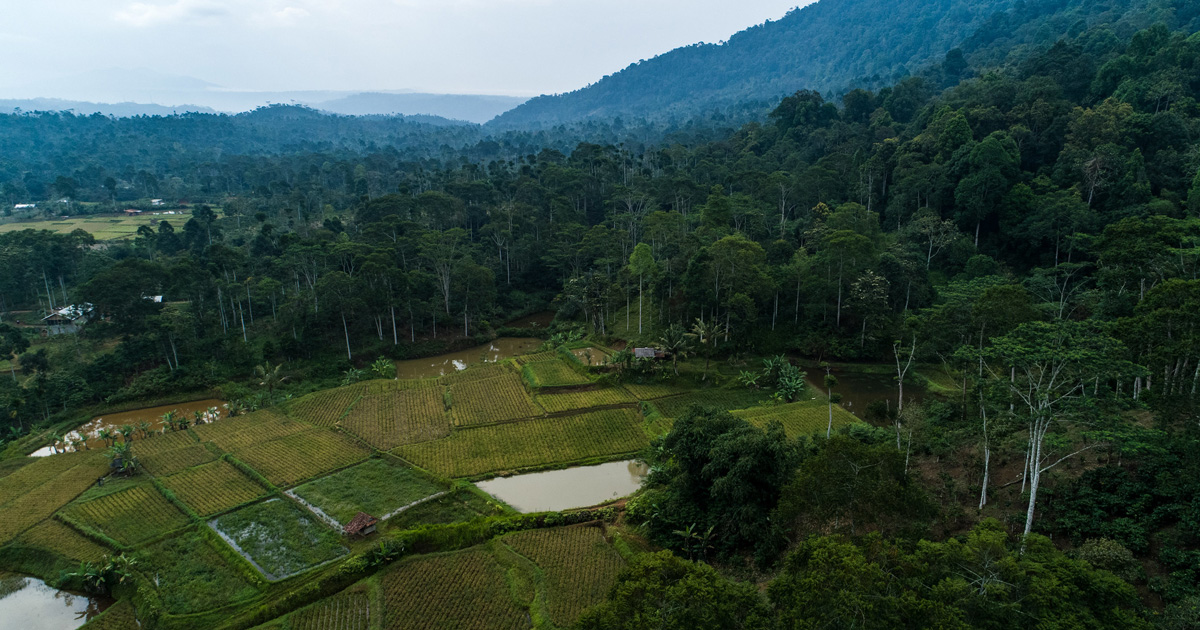The objectives of this study were (1) to determine the effects of land use change on N oxide fluxes from soil in seasonally dry, eastern Amazonia and (2) evaluate the “hole-in-the-pipe” model in a field setting where N availability varies among land uses and soil moisture varies among seasons. We measured N oxide flux from an old-growth forest, a 20-year-old secondary forest, an active pasture, and a degraded pasture. We also measured soil water content, soil inorganic N stocks, net N mineralization and nitrification potential. To determine the effects of pasture age on N oxide flux, we measured gas fluxes at a chronosequence of pastures (0-13 years). In the land use study, N2O fluxes followed the order: primary forest (2.4 kg N ha1 yr1) > secondary forest (0.9 kg N ha1 yr1) > active pasture (0.3 kg N ha1 yr1) degraded pasture (0.1 kg N ha1 yr1), and NO fluxes followed the order: primary forest (1.5 kg N ha y11) > degraded pasture (0.7 kg N ha1 yr1) > active pasture (0.5 kg N ha1 yr1) secondary forest (0.3 kg N ha1 yr1). In the chronosequence study, no trend in N oxide emissions with pasture age was apparent, but emissions from pastures were lower than from the forest.Total N oxide flux correlated with a laboratory measure of nitrification potential (r2 = 0.85).The ratio N2O:NO correlated with soil water content (r2 = 0.56). Parameterization of the model accounted for variability in N oxide emissions across land uses and seasons and the model application revealed the importance of studying both N oxide gases simultaneously. Model predictions for six independent sites agreed well with observed fluxes, suggesting that the model may be applicable at a broader scale. The consistently low annual emissions of N2O estimated for all of the Amazonian pastures that we studied suggest that conversions of tropical forests to cattle pastures may not in the long term cause a significant increase in the contribution of soil emissions to atmospheric N2O or NO.
DOI:
https://doi.org/10.1029/1998GB900019
Altmetric score:
Dimensions Citation Count:
























